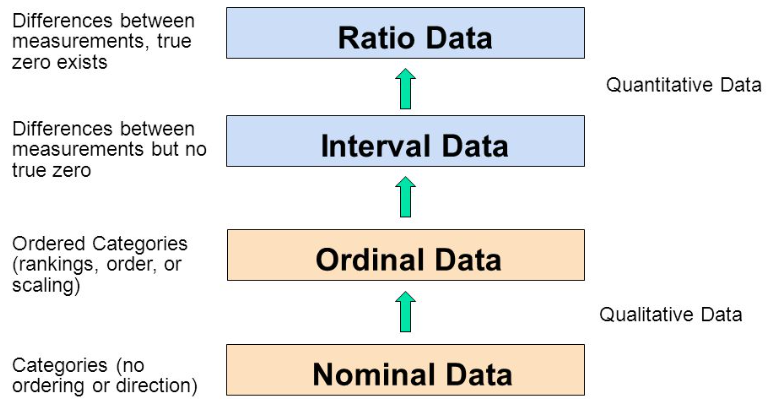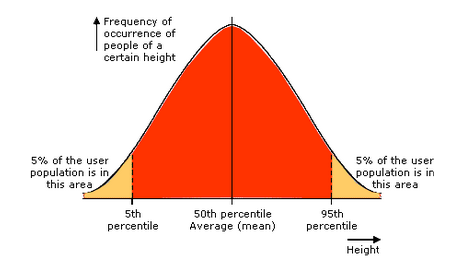Topic 1 Design SL
0.0(0)
0.0(0)
Card Sorting
1/31
Earn XP
Description and Tags
goofy ah ergonomics unit
Study Analytics
Name | Mastery | Learn | Test | Matching | Spaced |
|---|
No study sessions yet.
32 Terms
1
New cards
Adjustability
The ability of a product to be changed in size, commonly used to increase the range of percentiles that a product is appropriate for.
2
New cards
Alertness
The level of vigilance, readiness or caution of an individual.
3
New cards
Anthropometrics
The aspect of ergonomics that deals with body measurements, particularly those of size, strength and physical capacity.
4
New cards
Biomechanics
The research and analysis of the mechanics of living organisms. For human factors this includes the research and analysis of the mechanics (operation of our muscles, joints, tendons, etc.) of our human body. It also includes Force (impact on user's joints), Repetition, Duration and Posture.
5
New cards
Clearance
The physical space between two objects.
6
New cards
Cognitive ergonomics
How mental processes, (memory, reasoning, motor response and perception), affect the interactions between users and other components of a system.
7
New cards

Comfort
A person's sense of physical or psychological ease.
8
New cards

Dynamic data
Human body measurements taken when the subject is in motion related to range and reach of various body movements. E.g. crawling height, overhead reach and the range of upper body movements.
9
New cards
Environmental factors
A set of psychological factors that can affect the performance of an individual that come from the environment that the individual is situated.
10
New cards
Ergonomics
The application of scientific information concerning the relationship between human beings and the design of products, systems and environments.
11
New cards
Fatigue
A person's sense of physical or psychological tiredness.
12
New cards
Functional data
Data that includes dynamic data measurements while performing a required task e.g. reaching abilities, manoeuvring and aspects of space and equipment use.
13
New cards

Human error
Mistakes made by users, some of which can result in catastrophic consequences for people, property and the environment, as they are considered key contributors to major accidents.
14
New cards
Human factors
A scientific discipline concerned with understanding how humans interact with elements of a system. It can also be considered the practice of designing products, systems or processes to take account of the interaction between them and their users. It is also known as comfort design, functional design and user-friendly systems.
15
New cards
Human information processing system
An automatic system that a person uses to interpret information and react. It is normally comprised of inputs, processes (which can be sensory, central and motor), and outputs.
16
New cards
Interval data
Data based on numeric scales in which we know the order and the exact difference between the values. Organised into even divisions or intervals, and intervals are of equal size.
17
New cards

Nominal data scale
Used in the classification or division of objects into discrete groups. Each of which is identified with a name e.g. category of cars, and the scale does not provide any measurement within or between categories.
18
New cards
Ordinal data
A statistical data type that exists on an arbitrary numerical scale where the exact numerical value has no significance other than to rank a set of data points. Deals with the order or position of items such as words, letters, symbols or numbers arranged in a hierarchical order. Quantitative assessment cannot be made.
19
New cards

Percentile range
That proportion of a population with a dimension at or less than a given value. For a given demographic (gender, race, age), the 50th is the average.
20
New cards
Perception
The way in which something is regarded, understood or interpreted.
21
New cards
Physiological factor data
Human factor data related to the user's safety, health, comfort and performance.
22
New cards
Primary data
Data collected by a user for a specific purpose.
23
New cards
Psychological factor data
Human factor data related to light, smell, sound, taste, temperature and texture.
24
New cards
Qualitative data
Typically descriptive data used to find out in depth the way people think or feel - their perception. Useful for research at the individual or small (focus) group level.
25
New cards
Quantitative data
Data that can be measured and recorded using numbers. Examples include height, shoe size, and reach.
26
New cards
Range of sizes
A selection of sizes a product is made in that caters for the majority of a market.
27
New cards
Ratio data scale
A system that allows you to compare differences between numbers. For example, use a scale of 1-10 to evaluate user responses.
28
New cards
Reach
A range that a person can stretch to touch or grasp an object from a specified position.
29
New cards
Secondary data
Data collected by someone other than the user.
30
New cards
Static data
Human body measurements when the subject is still.
31
New cards
Structural data
Refers to measurements taken while the subject is in a fixed or standard position, e.g. height, arm length.
32
New cards

Workplace environmental factors
These can be considered to maximise the performance of a user in a role, and reduce the risk of accidents.